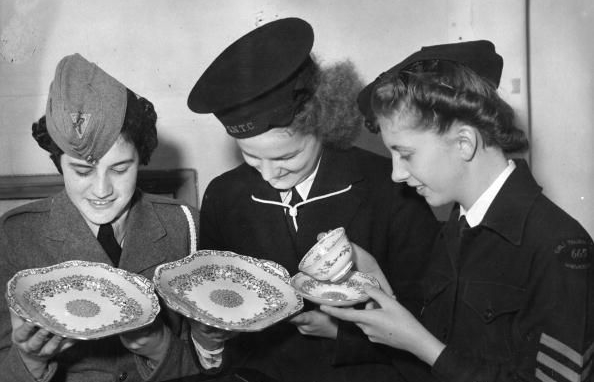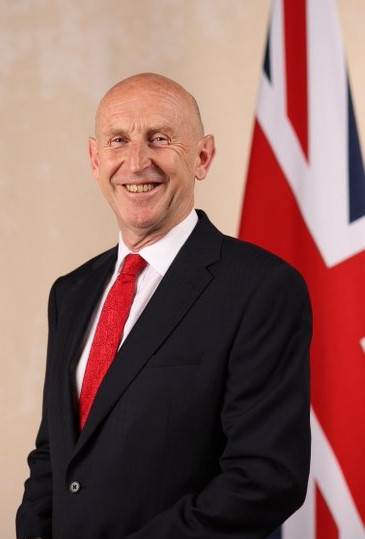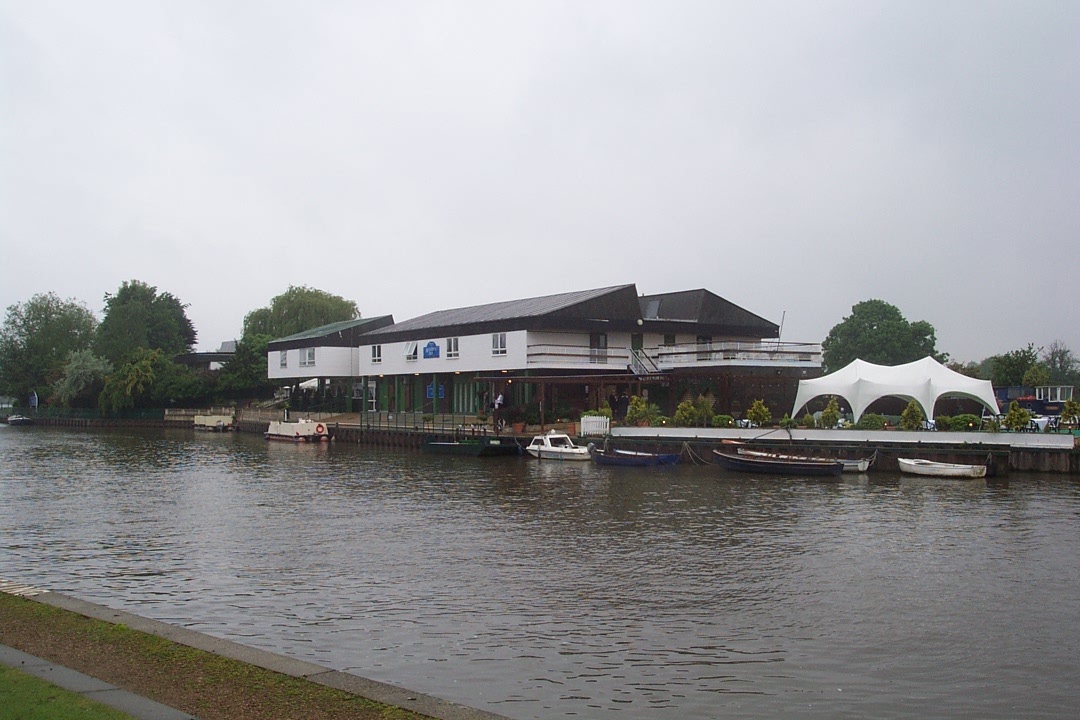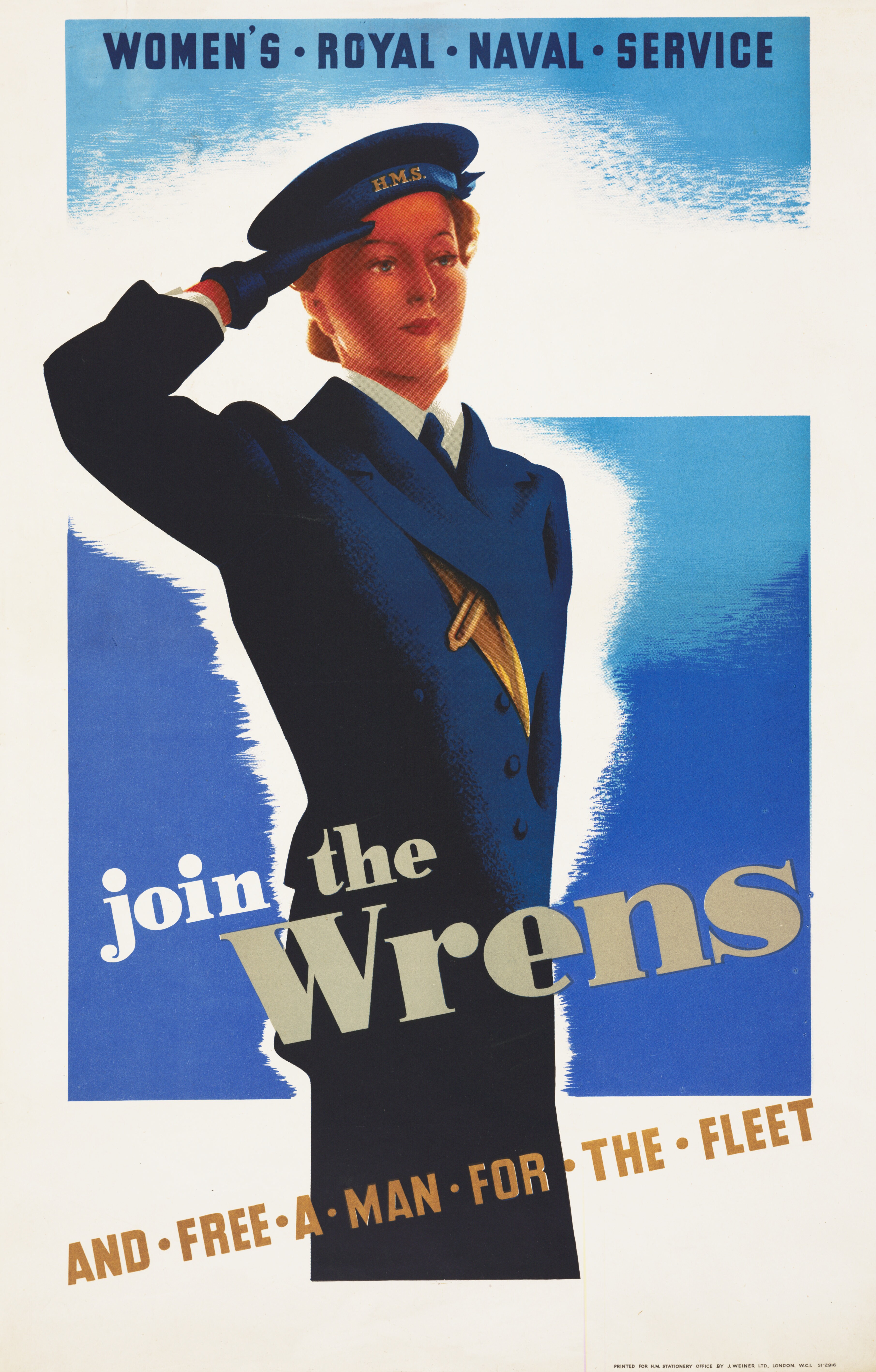|
Girls' Training Corps
The National Association of Training Corps for Girls (initially the ''National Association of Girls' Training Corps'') was formed in the United Kingdom in 1942 by the then Board of Education. It was the umbrella organisation for the ''Girls Training Corps'' (''GTC''), the ''Girls' Nautical Training Corps'' (''GNTC''), and the ''Women's Junior Air Corps'' (''WJAC''), which had all formed in the years prior. Girls Training Corps The first Girls Training Corps units were formed in 1941. The GTC's purpose, as with other cadet organisations at the time, was to prepare young people for service to their community and to support in the war effort upon reaching adulthood. For the Girls Training Corps this meant training in military drill in preparation for potentially serving in the Auxiliary Territorial Service. The GTC was open to girls aged 14 to 20, and its motto was "To serve and Train for Service". Activities included learning to act as bicycle couriers, learning morse code, airc ... [...More Info...] [...Related Items...] OR: [Wikipedia] [Google] [Baidu] |
Girls' Nautical Training Corps
The Girls' Nautical Training Corps was formed as part of the National Association of Training Corps for Girls in 1942, with units mainly in Southern England. Its objective was congruent with that of the Sea Cadet Corps, teaching girls aged 14 to 20 the same seamanship skills as the SCC taught the boys, in preparation for service with the Women's Royal Naval Service. The Girls' Naval Training Corps numbered 50 Units in 1952, and in the late 1950s changed their name to the ''Girls' Nautical Training Corps''. Lady Pamela Hicks, Lady Pamela Mountbatten was Corps Commandant of the GNTC from around 1952 to around 1959. The GNTC became a colleague organisation with the Sea Cadet Corps in 1963, often sharing facilities such as Raven's Ait (then also known as TS Neptune). The GNTC became a full member of the Sea Cadet Organisation in March 1980, when the Ministry of Defence (United Kingdom), Ministry of Defence approved the admission of girls into the Sea Cadets, this led to a name chan ... [...More Info...] [...Related Items...] OR: [Wikipedia] [Google] [Baidu] |
The Times
''The Times'' is a British Newspaper#Daily, daily Newspaper#National, national newspaper based in London. It began in 1785 under the title ''The Daily Universal Register'', adopting its modern name on 1 January 1788. ''The Times'' and its sister paper ''The Sunday Times'' (founded in 1821), are published by Times Media, since 1981 a subsidiary of News UK, in turn wholly owned by News Corp. ''The Times'' and ''The Sunday Times'' were founded independently and have had common ownership only since 1966. It is considered a newspaper of record in the UK. ''The Times'' was the first newspaper to bear that name, inspiring numerous other papers around the world. In countries where these other titles are popular, the newspaper is often referred to as or , although the newspaper is of national scope and distribution. ''The Times'' had an average daily circulation of 365,880 in March 2020; in the same period, ''The Sunday Times'' had an average weekly circulation of 647,622. The two ... [...More Info...] [...Related Items...] OR: [Wikipedia] [Google] [Baidu] |
Air Ministry
The Air Ministry was a department of the Government of the United Kingdom with the responsibility of managing the affairs of the Royal Air Force and civil aviation that existed from 1918 to 1964. It was under the political authority of the Secretary of State for Air. Organisations before the Air Ministry The Air Committee On 13 April 1912, less than two weeks after the creation of the Royal Flying Corps (which initially consisted of both a naval and a military wing), an Air Committee was established to act as an intermediary between the Admiralty and the War Office in matters relating to aviation. The new Air Committee was composed of representatives of the two war ministries, and although it could make recommendations, it lacked executive authority. The recommendations of the Air Committee had to be ratified by the Admiralty Board and the Imperial General Staff and, in consequence, the Committee was not particularly effective. The increasing separation of army and n ... [...More Info...] [...Related Items...] OR: [Wikipedia] [Google] [Baidu] |
Women's Junior Air Corps
The National Association of Training Corps for Girls (initially the ''National Association of Girls' Training Corps'') was formed in the United Kingdom in 1942 by the then Board of Education. It was the umbrella organisation for the ''Girls Training Corps'' (''GTC''), the ''Girls' Nautical Training Corps'' (''GNTC''), and the ''Women's Junior Air Corps'' (''WJAC''), which had all formed in the years prior. Girls Training Corps The first Girls Training Corps units were formed in 1941. The GTC's purpose, as with other cadet organisations at the time, was to prepare young people for service to their community and to support in the war effort upon reaching adulthood. For the Girls Training Corps this meant training in military drill in preparation for potentially serving in the Auxiliary Territorial Service. The GTC was open to girls aged 14 to 20, and its motto was "To serve and Train for Service". Activities included learning to act as bicycle couriers, learning morse code, air ... [...More Info...] [...Related Items...] OR: [Wikipedia] [Google] [Baidu] |
Ministry Of Defence (United Kingdom)
The Ministry of Defence (MOD or MoD) is a Departments of the Government of the United Kingdom, ministerial department of the Government of the United Kingdom. It is responsible for implementing the defence policy set by the government and serves as the headquarters of the British Armed Forces. The MOD states that its principal objectives are to defend the United Kingdom of Great Britain and Northern Ireland and its interests and to strengthen international peace and stability. The MOD also manages day-to-day running of the armed forces, contingency planning and defence procurement. The expenditure, administration and policy of the MOD are scrutinised by the Defence Select Committee, except for Defence Intelligence which instead falls under the Intelligence and Security Committee of Parliament. History During the 1920s and 1930s, British civil servants and politicians, looking back at the performance of the state during World War I, concluded that there was a need for greater ... [...More Info...] [...Related Items...] OR: [Wikipedia] [Google] [Baidu] |
TS Neptune
Raven's Ait is an ait (island) in the Thames between Surbiton, Kingston and Hampton Court Park in the Royal Borough of Kingston upon Thames, London, England, in the reach of the river above Teddington Lock. Used as a boating training centre for many years, Raven's Ait is currently privately run as a catering facility and a conference and wedding venue. Geography Raven's Ait is a Thames ait between Surbiton, Kingston and Hampton Court Park in the Royal Borough of Kingston upon Thames in the centre of the non-tidal reach above Teddington Lock, and immediately below Seething Wells.Map created by , courtesy of |
Lady Pamela Hicks
Lady Pamela Carmen Louise Hicks (''née'' Mountbatten; born 19 April 1929) is a British nobility, British aristocrat and relative of the British royal family. She is the younger daughter of Louis Mountbatten, 1st Earl Mountbatten of Burma (formerly Prince Louis of Battenberg) and Edwina Mountbatten, Countess Mountbatten of Burma. Through her father, Lady Pamela is a first cousin of the late Prince Philip, Duke of Edinburgh, and a grandniece of the last Empress of Russia, Alexandra Feodorovna (Alix of Hesse), Alexandra Feodorovna. She served as a bridesmaid and later as a lady-in-waiting to Queen Elizabeth II (her third cousin). She is also a great-great-granddaughter of Queen Victoria through her father, and as of 2025, her oldest living descendant. Early life and family Lady Pamela was born on 19 April 1929 in Barcelona, Spain, to Edwina Mountbatten, Countess Mountbatten of Burma, Edwina Ashley and Louis Mountbatten, 1st Earl Mountbatten of Burma. She is the second of two chi ... [...More Info...] [...Related Items...] OR: [Wikipedia] [Google] [Baidu] |
Girls' Nautical Training Corps (GNTC) Badge
The Girls' Nautical Training Corps was formed as part of the National Association of Training Corps for Girls in 1942, with units mainly in Southern England. Its objective was congruent with that of the Sea Cadet Corps, teaching girls aged 14 to 20 the same seamanship skills as the SCC taught the boys, in preparation for service with the Women's Royal Naval Service. The Girls' Naval Training Corps numbered 50 Units in 1952, and in the late 1950s changed their name to the ''Girls' Nautical Training Corps''. Lady Pamela Hicks, Lady Pamela Mountbatten was Corps Commandant of the GNTC from around 1952 to around 1959. The GNTC became a colleague organisation with the Sea Cadet Corps in 1963, often sharing facilities such as Raven's Ait (then also known as TS Neptune). The GNTC became a full member of the Sea Cadet Organisation in March 1980, when the Ministry of Defence (United Kingdom), Ministry of Defence approved the admission of girls into the Sea Cadets, this led to a name chan ... [...More Info...] [...Related Items...] OR: [Wikipedia] [Google] [Baidu] |
Sea Cadets (United Kingdom)
The Sea Cadet Corps is a national youth charity operating in England, Scotland, Wales, Northern Ireland, Malta and Bermuda. Cadets follow an ethos, training plan and rank structure similar to that of the Royal Navy, and are recognised by the UK Ministry of Defence. History In 1854, a vicar in Whitstable, Kent returned from the Crimean War and founded an orphanage where sailors taught nautical skills to prepare orphans for future careers. Multiple similar orphanages were founded across the country, and the organisation became known as the Naval Lads' Brigade. In 1899 Queen Victoria presented £10 (around £1,000 today) to the Windsor Unit to purchase uniforms. In 1910, the Navy League sponsored a small number of units as the Navy League Boys' Naval Brigade, and in 1919 the organisation adopted the name Navy League Sea Cadet Corps. Lord Nuffield donated £50,000 in 1937 to fund an expansion of the Corps. By the outbreak of World War II, there were 100 units across the UK, t ... [...More Info...] [...Related Items...] OR: [Wikipedia] [Google] [Baidu] |
Women's Royal Naval Service
The Women's Royal Naval Service (WRNS; popularly and officially known as the Wrens) was the women's branch of the United Kingdom's Royal Navy. First formed in 1917 for the World War I, First World War, it was disbanded in 1919, then revived in 1939 at the beginning of the World War II, Second World War, remaining active until integrated into the Royal Navy in 1993. WRNS included Cooking, cooks, clerks, Morse code, wireless telegraphists, Plot (radar), radar plotters, weapons analysts, Rangefinding telemeter, range assessors, electricians, air mechanics, ground transport vehicle drivers and despatch_rider, motorcycle dispatch riders. History First World War The WRNS was formed in 1917 during the World War I, First World War. On 10 October 1918, nineteen-year-old Josephine Carr from Cork (city), Cork became the first Wren to die on active service, when her ship, the RMS Leinster, RMS ''Leinster'' was torpedoed. By the end of the war the service had 5,500 members, 500 of them offi ... [...More Info...] [...Related Items...] OR: [Wikipedia] [Google] [Baidu] |






